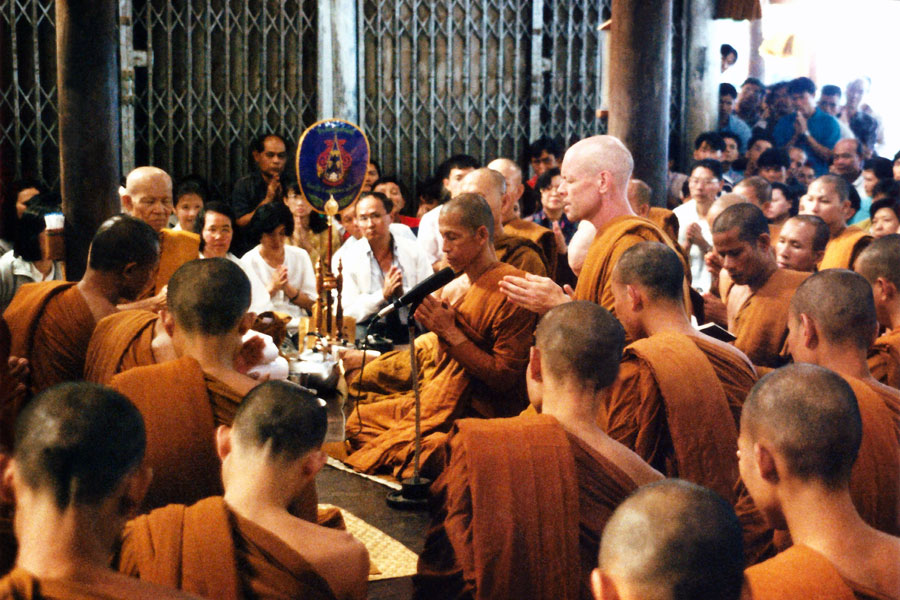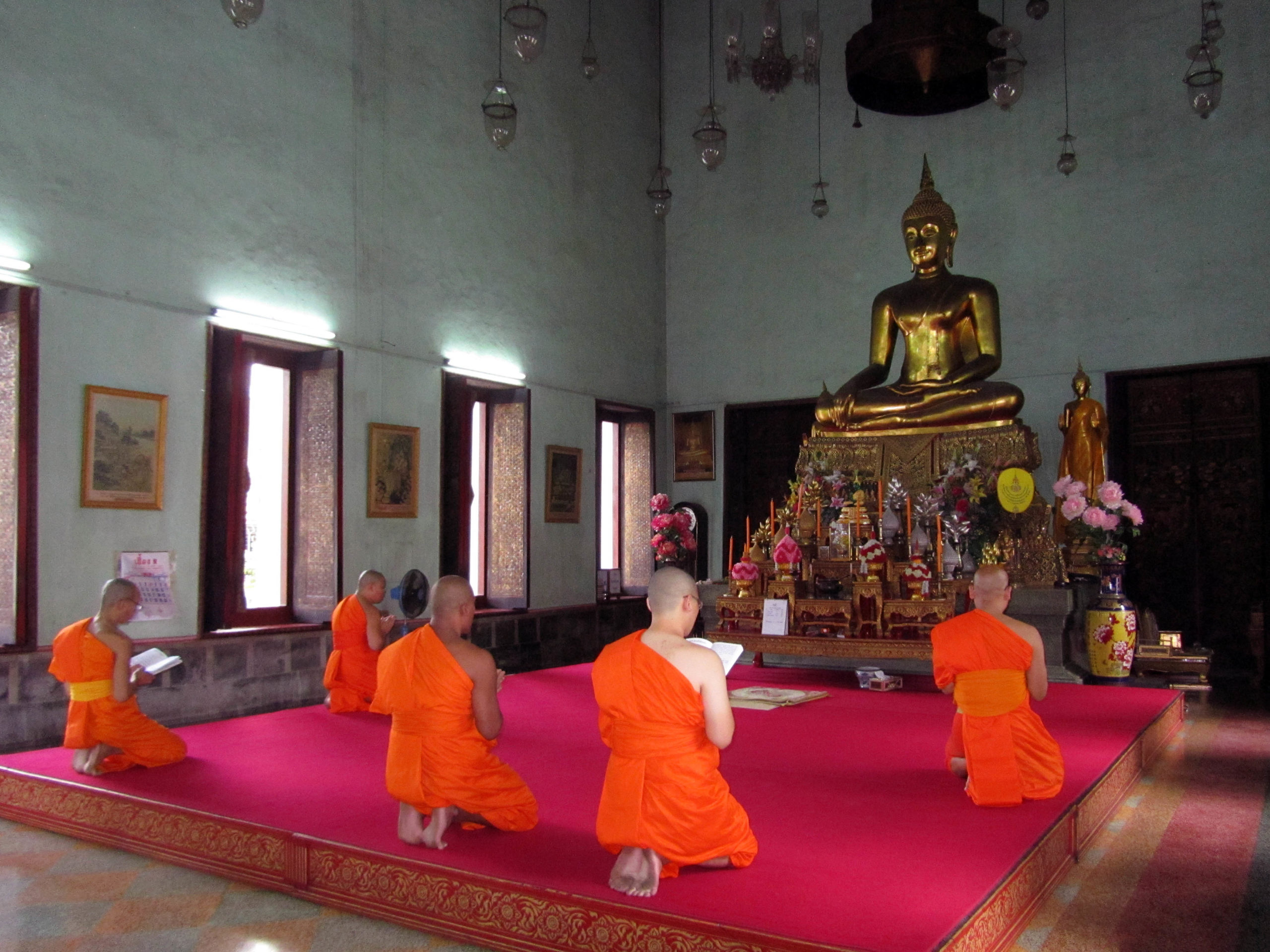Have you ever been curious about the spiritual practices and traditions of Thai Buddhism? If so, you’re in for a treat because today we’re going to take a deep dive into the fascinating world of Thai Buddhist monastic traditions and temples. From the striking architecture of the temples to the daily rituals and practices of the monks, there is so much to uncover and learn about. So grab a cup of tea, get comfortable, and prepare to explore this rich and vibrant spiritual tradition.
To truly understand Thai Buddhist monastic traditions, it’s important to start with the concept of the monkhood. In Thailand, young men often spend a period of time, ranging from a few weeks to several months or even years, living as a monk. This period of time, known as ordination, is seen as a way to cultivate spiritual development, gain merit, and bring honor to their families. During this time, the monks follow a strict code of conduct, known as the Vinaya, which encompasses rules and guidelines for their daily lives.
Thai Buddhist temples, or wat, are not only places of worship, but also serve as important centers of community life. These temples are often opulent and intricately designed, showcasing the country’s rich architectural heritage. Inside the temples, you’ll find stunning murals depicting scenes from Buddhist scriptures, sculptures of revered figures, and beautifully crafted altars where offerings are made. Visitors are encouraged to explore the grounds, take part in meditation sessions, and learn about the teachings of Buddhism.
In this article, we’ll delve deeper into the various monastic traditions that exist within Thai Buddhism, such as the different types of monks and nuns, the role of meditation, and the unique practices observed during important festivals. We’ll also explore some of the most renowned temples in Thailand, each with its own distinct style and historical significance. So whether you’re a seasoned traveler or simply curious about different cultures and religions, get ready to embark on a journey of discovery into Thai Buddhist monastic traditions.
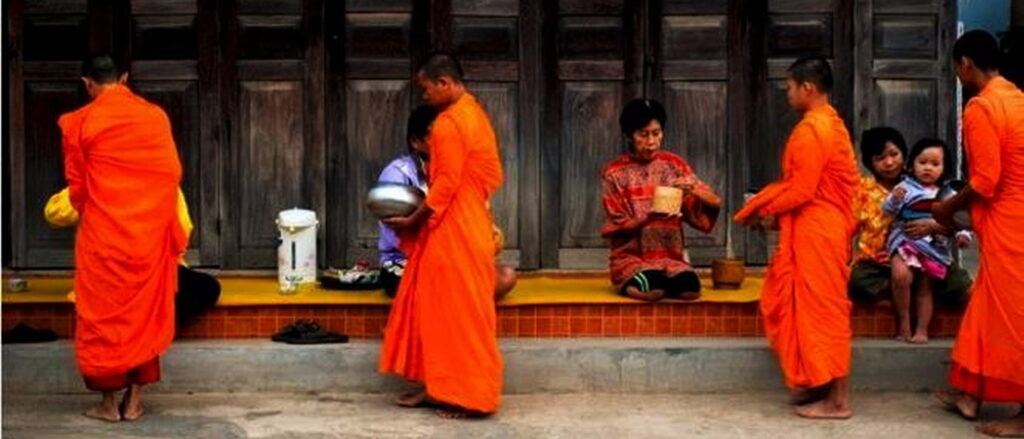
Introduction to Thai Buddhism
Welcome to a deep dive into the fascinating world of Thai Buddhist monastic traditions. In this article, we will explore the origins, beliefs, and practices that form the foundation of Thai Buddhism, as well as the role of monasticism in Thai Buddhist culture.
Origins and history of Thai Buddhism
Thai Buddhism traces its roots back to the 3rd century BCE when Buddhism arrived in Southeast Asia from India. However, it wasn’t until the 13th century that Buddhism became the predominant religion in the region, thanks to the efforts of King Ramkhamhaeng the Great. His patronage and support played a crucial role in establishing and spreading Buddhism throughout Thailand.
Influence of Indian Buddhism on Thai Buddhism
Indian Buddhism heavily influenced Thai Buddhism, especially in its early years. The teachings of the Buddha, such as the Four Noble Truths and the Eightfold Path, formed the core principles of Thai Buddhism. Additionally, Thai Buddhism adopted various Indian Buddhist traditions, rituals, and scriptures.
Key beliefs and principles of Thai Buddhism
Thai Buddhism shares many fundamental beliefs with other Buddhist traditions. The belief in karma, the cycle of birth and rebirth, and the pursuit of enlightenment are central tenets of Thai Buddhism. Moreover, Thai Buddhists also place great emphasis on offering alms, practicing meditation, and following the five precepts, which include refraining from killing, stealing, and engaging in sexual misconduct.
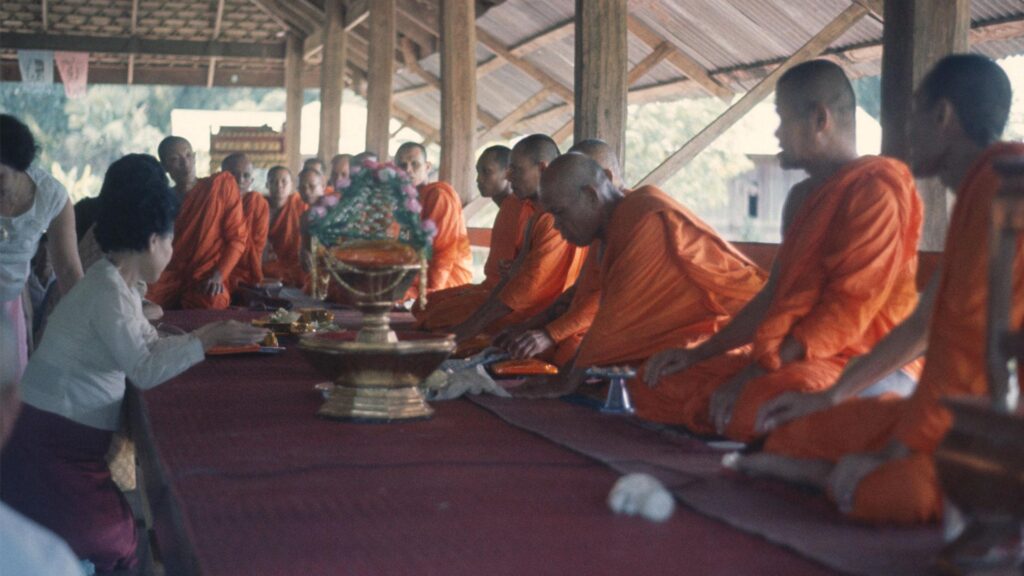
The Role of Monastic Traditions in Thai Buddhism
Importance of monasticism in Thai Buddhist culture
In Thai society, monasticism holds a place of immense importance and respect. Becoming a monk is seen as a sacred and noble pursuit, and it is believed to bring honor and merit to both the individual and their family. Monastic traditions are deeply ingrained in Thai culture, and temples serve as spiritual and community centers.
Lifestyle and responsibilities of a Buddhist monk
For a Thai Buddhist monk, the monastic life is one of simplicity and detachment from worldly possessions. Monks lead a disciplined and dedicated life, focusing on the pursuit of spiritual enlightenment. They observe strict rules, including celibacy, and rely on daily alms for their sustenance. Monks are also responsible for teaching and guiding laypeople in their spiritual journey.
Process of ordination and becoming a monk
The process of ordination, or becoming a monk, is a significant milestone in a Thai Buddhist’s life. Typically, young Thai men spend a period of time as novice monks, known as “samana,” before deciding to take the full ordination. During this time, novices learn about Buddhist teachings, monastic rules, and meditation practices. Once ready, they undergo the ordination ceremony, where they shave their heads, take vows, and receive their monk’s robes.
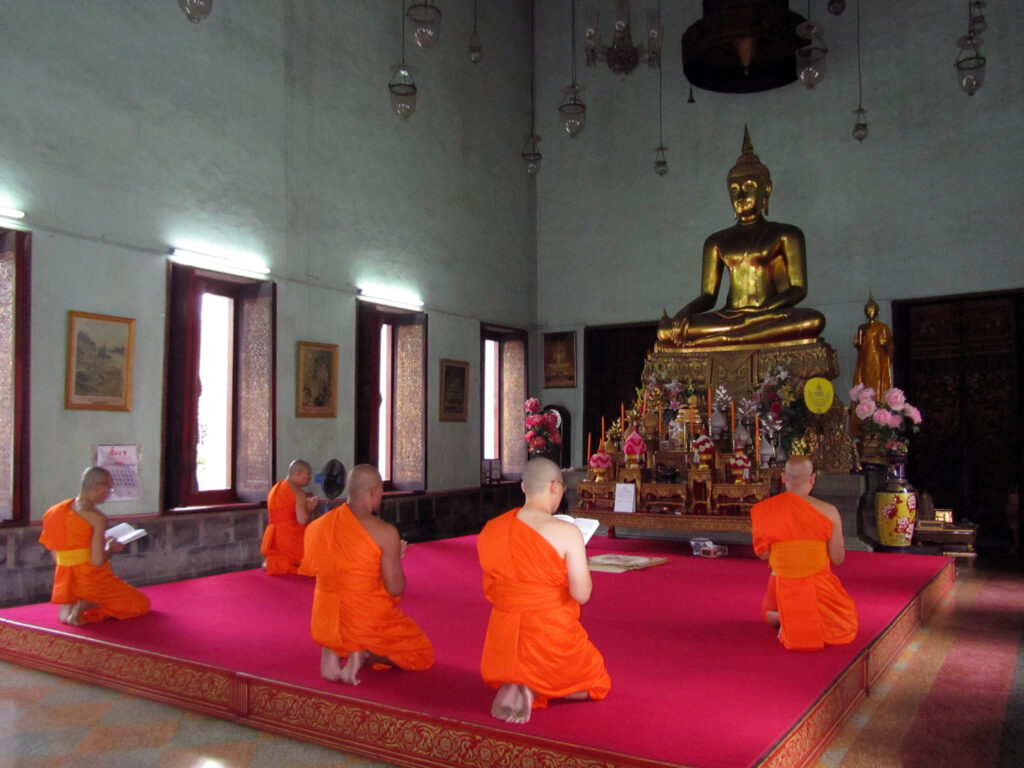
Structure of Thai Buddhist Monastic Communities
Hierarchy and organization within the monastic system
Thai Buddhist monastic communities have a well-defined hierarchy and organizational structure. At the top of the hierarchy is the Sangharaja, the supreme patriarch of Thai Buddhism. Below him, there are four ranks of monastic officials, each responsible for overseeing different aspects of monastic life and administration. This hierarchical structure ensures the smooth functioning of the monastic system.
Different types of monastic institutions in Thailand
Thailand boasts a diverse range of monastic institutions. Apart from the well-known temples, there are forest monasteries, meditation centers, and retreats where monks and individuals can practice mindfulness and meditation. Each institution serves a unique purpose and provides various opportunities for spiritual growth and development.
Roles and responsibilities of various monastic positions
Within the monastic community, different positions hold specific responsibilities. Abbots, or “phra khru,” are in charge of temples and play a vital role in guiding and mentoring other monks.
